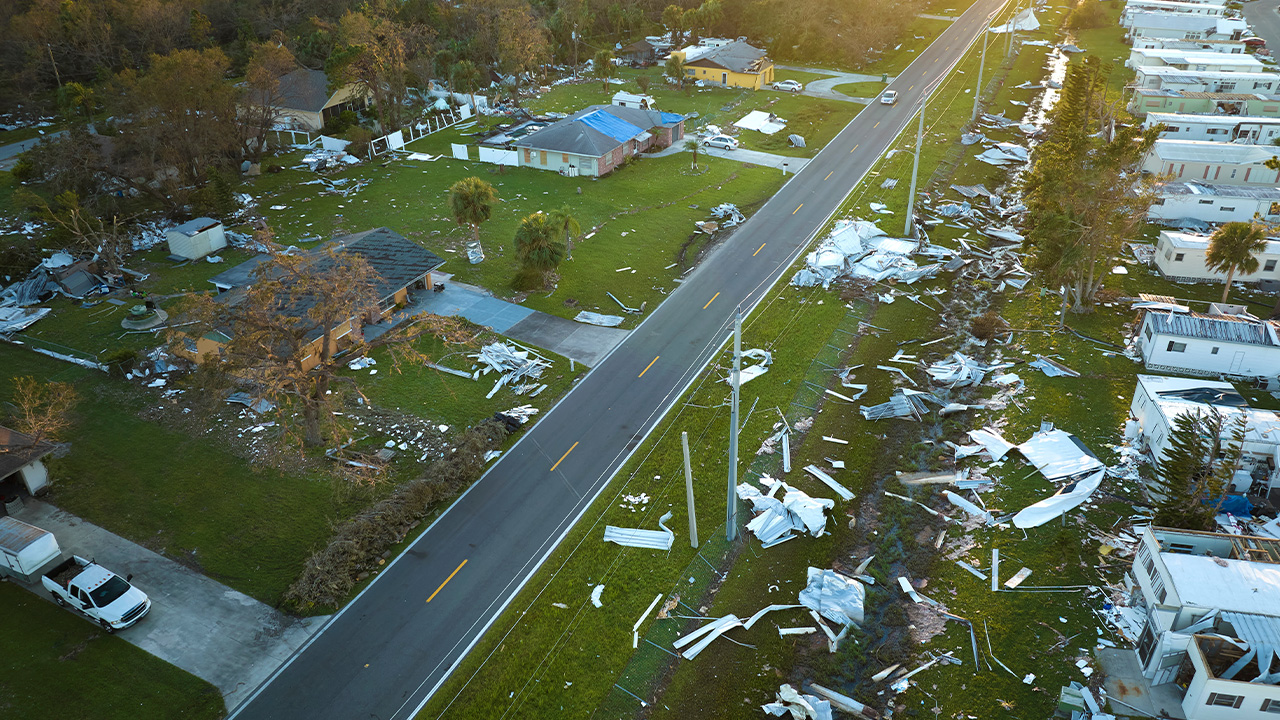The Expert Answers Q&As and columns reflect the expertise and opinions of individual faculty members and do not necessarily represent an official policy or position of the university.
content body
With the Atlantic hurricane season beginning June 1, coastal communities are considering long-term ways to improve their resiliency. Auburn University’s David Roueche, Gottlieb Associate Professor in the Samuel Ginn College of Engineering, is an expert on how structures can be engineered to better withstand damage from hurricanes and tornadoes.
He recently discussed the latest research in coastal engineering practices for storm resiliency.

David Roueche is an expert on how structures can be engineered to better withstand damage from hurricanes and tornadoes.
Can you explain some of the latest advancements in materials and construction techniques that improve hurricane resilience?
DR: Some of the newer technologies include insulated concrete forms, which have the strength of concrete but are easier to construct and finish. But honestly, the biggest advancements and needs are not new materials, but rather correct construction techniques with existing materials.
For example, wood, masonry, concrete and steel can all be resilient options, but we have to understand the load path — how the wind loads get from the roof and walls safely to the foundation — and connect the individual elements properly so we maintain a continuous load path. We also have to protect the openings — especially large openings like garage doors — from being breached during a hurricane as it pressurizes the interior and leads to cascading damage.
These aren’t new, high-tech advancements, but if done properly, they can make structures built with traditional materials safe.
In addition to traditional brick-and-mortar structures, you’ve researched manufactured homes. What kinds of steps can be taken to make these structures stronger, whether that’s by the manufacturer or the homeowner?
DR: I’ve worked a lot with manufactured homes, and my team just recently visited a large manufactured housing community in Florida that was severely impacted by a tornado spawned by Hurricane Milton. Manufactured homes are intended to be affordable housing options, so it may not be practical to expect them to go through a major windstorm and not have some damage. But the problem is that the anchorage is the weakest link in the load path, and when it fails during a hurricane or tornado, the home often flips over or flies off its foundation.
If these structures are going to fail in a major windstorm, we need them to fail in the right way, which is by losing portions of the roof first, rather than failing at the foundation. To do that, we need better options to anchor these homes and regulations that require stronger anchorage. Hopefully we’ll get a new proposal funded that will allow us to focus directly on this issue and come up with better solutions.
Building codes and standards vary by state. How do building codes affect the amount of damage inflicted by a hurricane and how does that vary by location?
DR: Building codes provide a minimum set of standards for construction. Many studies have shown profound benefits to adopting and enforcing statewide building codes. For example, in our own research, we find a stark difference in the damage sustained by homes constructed to modern building codes — beginning roughly in the early 2000s — compared to those built earlier.
“Honestly, the biggest advancements and needs are not new materials, but rather correct construction techniques with existing materials.”
It is rare to observe structural damage in code-compliant homes, but it’s fairly common in homes built before the modern codes were implemented. With that said, we do still see a lot of roof cover damage in both new and older homes, especially to roof shingles, which can have huge economic impacts, so there is still work to be done.
The difference that the code makes is more pronounced in the coastal regions, which have made more dramatic changes to code requirements over the years to resist high winds.
Do you hope to see some of your research implemented in the development of building codes some day?
DR: Yes, absolutely! We’re already sharing our research with the Florida Building Commission and other code agencies and have highlighted several specific findings that we are trying to get addressed in the codes. It’s a slow process, but the field work and supporting analysis will be crucial to these efforts.
How do you balance the cost of implementing hurricane-resistant features with the overall budget of a construction project?
DR: It is definitely a balance, but it’s already being done in hurricane-prone regions. Many jurisdictions close to the coast along Florida, Alabama and other Gulf states design structures to resist Category 4 and even 5 hurricanes. There is a cost to that, but with many insurers pulling out of coastal areas, the alternative is to be exposed to severe damage from the next hurricane without having homeowner’s insurance to offset the costs of the damage.
We certainly don’t want to waste money going overboard on construction, but if we want a resilient society that’s not catastrophically impacted by every storm, it’s going to take an investment and require us to value mitigation all the time, not just right after a storm hits. That balance between costs and resilience is why it’s so important to continue to research the storms themselves and how to efficiently reduce damage so we can avoid overdesigning.
What kinds of research are you doing now that can be applied to hurricane resilience?
DR: We are doing quite a bit of research right now that can help our society be more resilient. For my National Science Foundation project, I’m blending all the reconnaissance data we’ve collected with numerical simulations and established theories to understand why individual homes perform as they do in storms. This allows us to identify gaps in the current codes and better tools to educate the public on what is driving the damage.
We are also working on a framework to get estimates of wind speeds in hurricanes and tornadoes from videos that show the motion of objects carried by high winds. This is probably the most important in tornadoes, where it’s very hard to get measurements of the actual wind speeds. But it’s also important because it can help us validate the strength of the winds causing the damage, which in turn helps the public understand why buildings perform as they did.
You’re also exploring how mass timber structures perform in hurricane-strength wind. Is that building material a viable option?
DR: Our primary focus with mass timber right now is for protective design against blast and ballistic loading. But if mass timber can resist blast loads, we can certainly adapt it to hurricane and wind loading as well. It is very much a viable option and is already being used in hurricane-prone regions like Florida.
There’s no reason it can’t be a great option for us as we try to build more resilient and sustainable communities.





